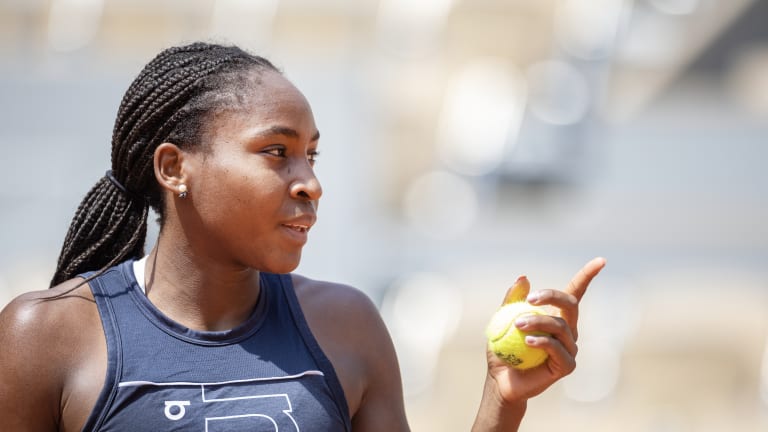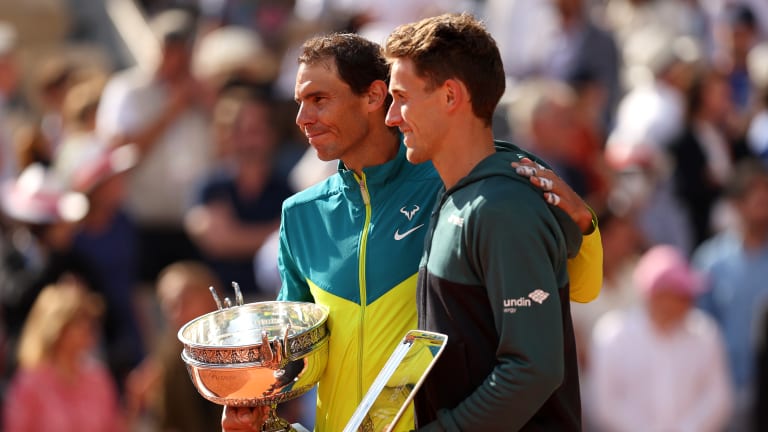Roland Garros
One year later, how’s it looking for Roland Garros finalists Coco Gauff and Casper Ruud?
By May 24, 2023Roland Garros
Was the Carlos Alcaraz-Jannik Sinner Roland Garros match the best ever played?
By Jun 13, 2025Roland Garros
Who were the winners and losers at 2025 Roland Garros?
By Jun 09, 2025Roland Garros
Carlos Alcaraz and Jannik Sinner played the match of the decade, and maybe the century, at Roland Garros
By Jun 09, 2025Roland Garros
PHOTOS: Carlos Alcaraz captivates Chatrier with trademark joy after improbable Roland Garros title defense
By Jun 09, 2025Roland Garros
Carlos Alcaraz saves three match points, tops Jannik Sinner in longest Roland Garros final of Open Era
By Jun 08, 2025Roland Garros
Aryna Sabalenka clarifies controversial Coco Gauff claim: "Can't pretend it was a great day"
By Jun 08, 2025Roland Garros
Coco Gauff counters Aryna Sabalenka's Roland Garros claim by saying she 'wanted' Iga Swiatek in final
By Jun 08, 2025Roland Garros
2025 Roland Garros men's final preview: Carlos Alcaraz vs. Jannik Sinner
By Jun 07, 2025Roland Garros
PHOTOS: Coco Gauff celebrates Roland Garros title with parents, toasts champagne at Tennis Channel set
By Jun 07, 2025One year later, how’s it looking for Roland Garros finalists Coco Gauff and Casper Ruud?
The American and Norwegian had breakthrough runs in Paris 12 months ago, but the road to Roland Garros has been bumpier this year.
Published May 24, 2023
Advertising
Advertising
Advertising

Gauff had a Grand Slam breakthrough last year at Roland Garros, before taking a one-sided loss in the final.
© Corbis via Getty Images
Advertising

With no Rafa in the picture this year, could Ruud take the final step in Paris?
© Getty Images
Advertising
Advertising

Both Ruud and Gauff come into Roland Garros somewhat under the radar—albeit with runner-up points to defend.